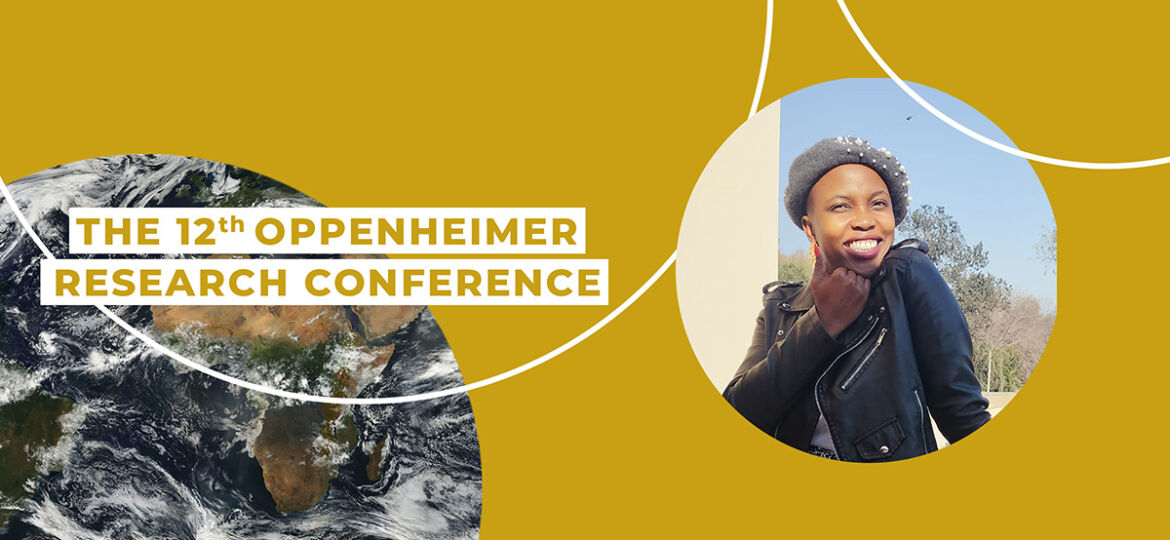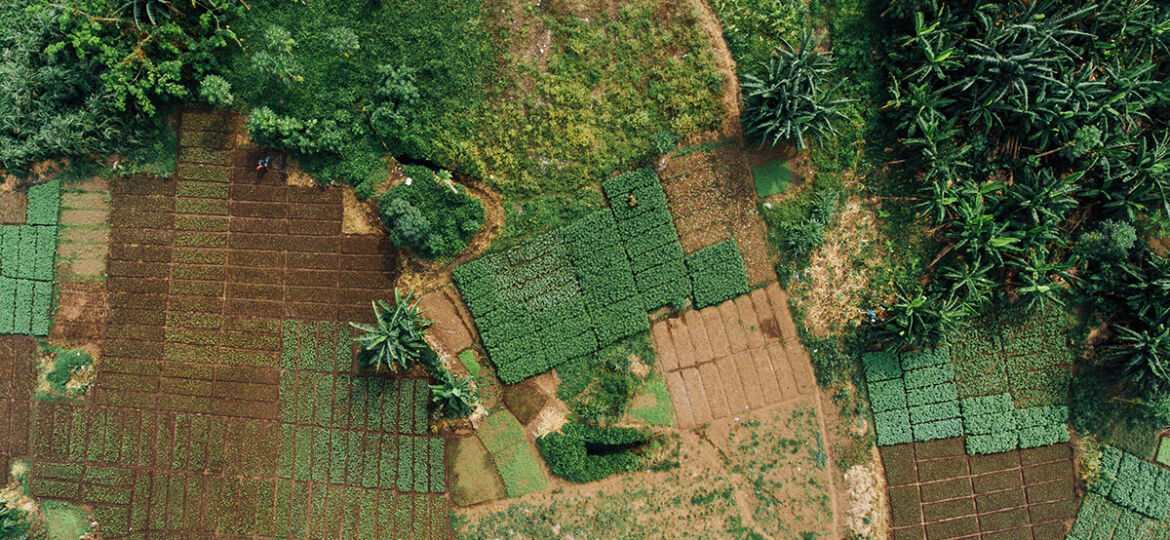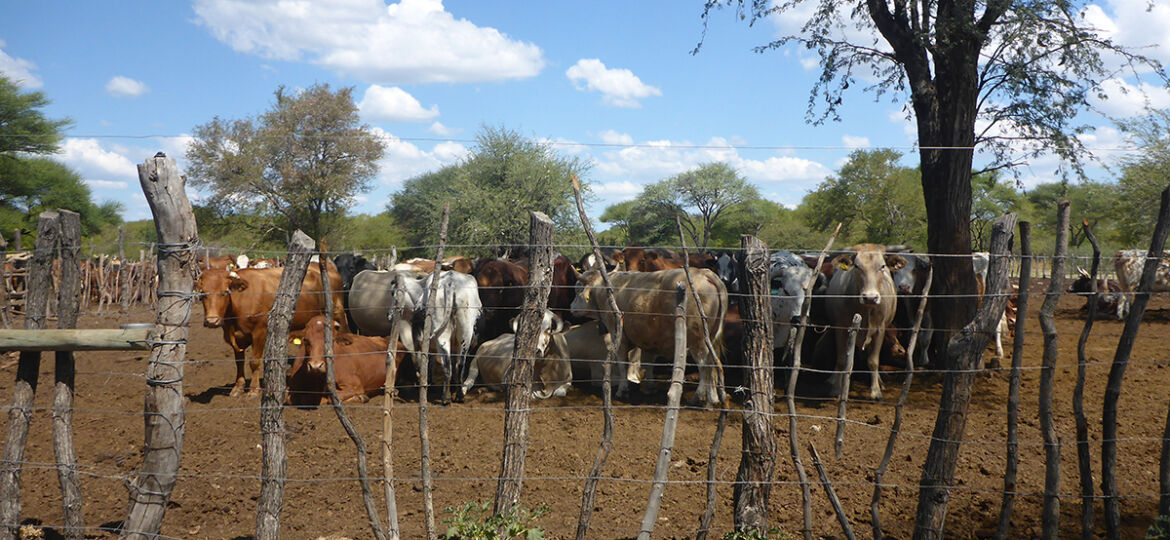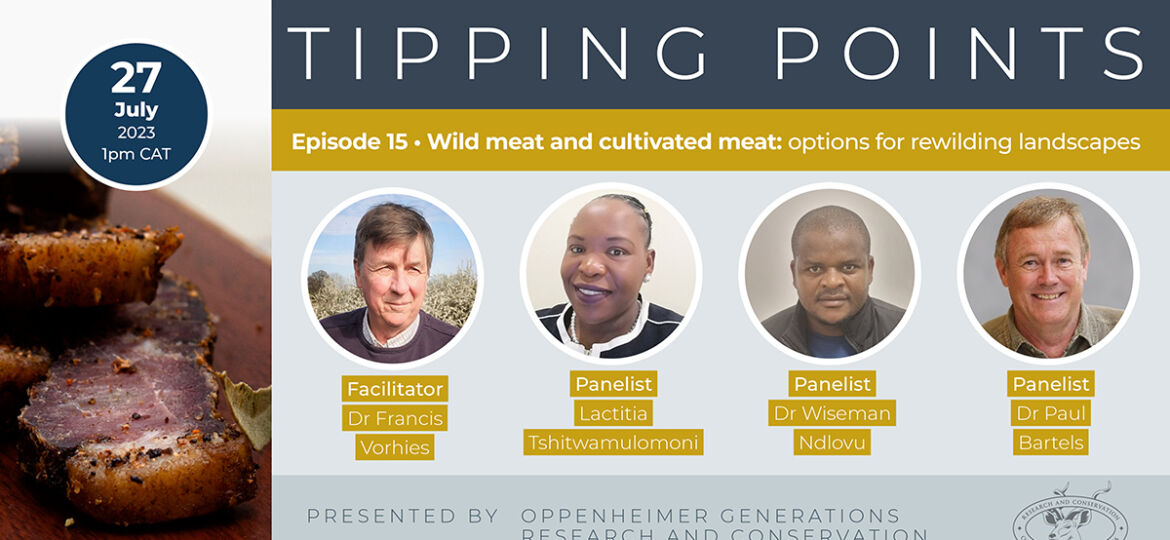The Oppenheimer Research Conference creates a platform for researchers and practitioners in conservation sustainability to share their knowledge to increase its impact. Here are a few snap shots of presentations.
People – nature relationships
The Oppenheimer Research Conference creates a platform for researchers and practitioners in conservation sustainability to share their knowledge to increase its impact. Here are a few snap shots of presentations.
Gus Mills took the path less travelled to a career in the bush, studying wildlife. He talks to Alexandra Howard about his life, his work and the alternatives to managing cheetahs in small, fenced areas.
Lion guru Craig Packer reveals how big cats develop a taste for human flesh and why we shouldn’t swallow big hunters’ wild tales.
The annual Oppenheimer Research Conference (ORC) has become recognised as a space for showcasing and discussing natural and environmental sciences, conservation, and sustainable development in Africa.
Yves Vanderhaeghen interviews JWO grant winner Dr Hayley Clements about the mammoth task of producing a Biodiversity Intactness Index for Africa
Yves Vanderhaeghen interviews semiochemist Dr Peter Apps, who wants to use animal smells to keep them safe.
Worried about population growth and the pressures of feeding a hungry planet? Don’t have a cow, cultivate one rather. Meanwhile, venison might help us buck the trend.
The five finalists who are in line to win this year’s $150 000 USD Jennifer Ward Oppenheimer Research Grant have been selected.
It’s easy to be laid low by all that ails our planet. But the cure lies in taking incremental steps, celebrating small wins and building on them.












